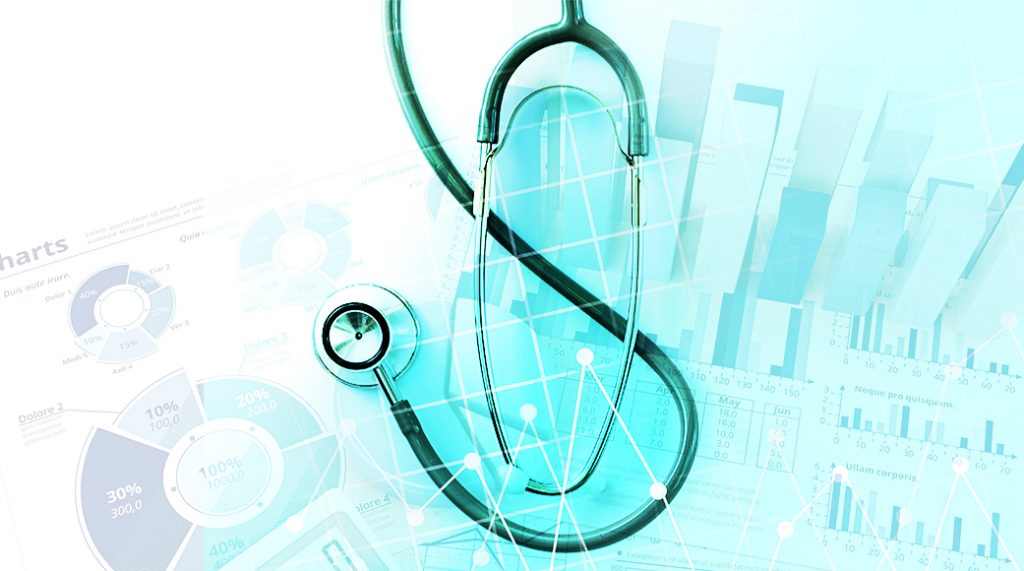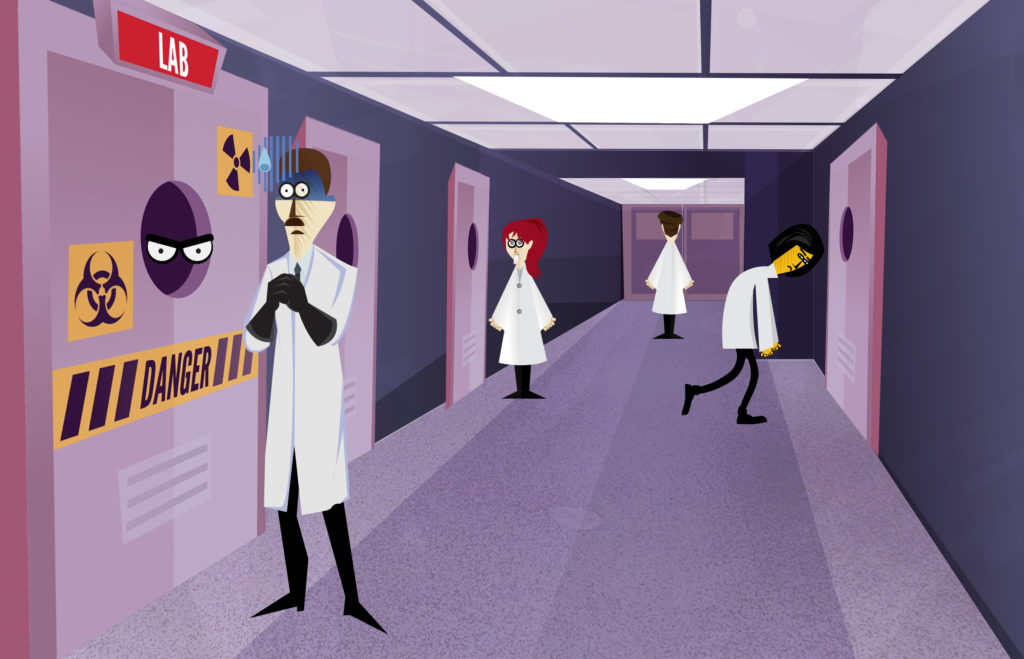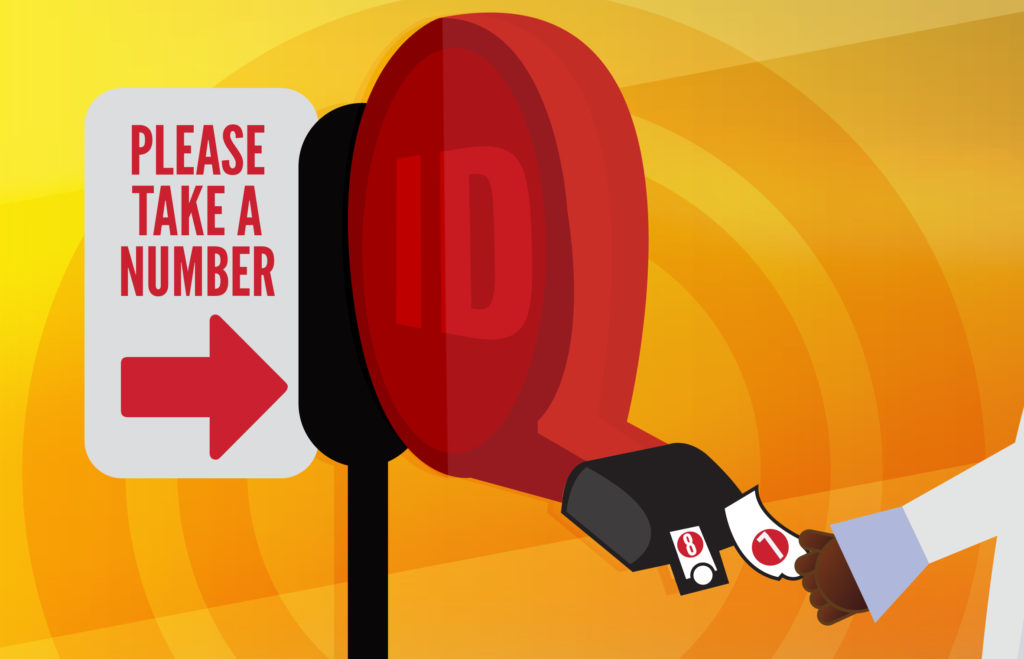With the massive amounts of data available, the desire to mine it all to come up with detailed recommendations to improve the bottom line in business, health, education and you-name-it is at an all-time high. There’s a lot of enthusiasm in the medical field in particular to mine the rich data from health records and the various devices that generate our second-by-second digital footprints.
Big data is a business opportunity. No two ways about it. Data analysts dream about the impact an analysis of all available data would have on health outcomes. Listen to Plechs and Cochrane who wrote the following on November 25, 2018 in the Wall Street Journal in an article, titled “Imagine What We Could Cure”:
“Imagine what we could learn today from big-data analysis of everyone’s health records: our conditions, treatments and outcomes. Then throw in genetic data, information on local environmental conditions, exercise and lifestyle habits and even the treasure troves accumulated by Google and Facebook.
“The gains would be tremendous. We could learn which treatments and dosages work best for which people; how treatments interact; which genetic markers are associated with treatment success and failure; and which life choices keep us healthy.”
A recent report by BIS Research, titled “Global Big Data in Healthcare Market—Analysis and Forecast, 2017-2025,” projected that globally, the volume of health care data will exceed 2.3 zettabytes (that’s 2,300 exabytes) by 2020. That’s an enormous amount of data. AWS currently offers a data transfer service using 45-foot long shipping containers, called Snowmobile. Each Snowmobile can transfer about 100 petabytes of data. The 2.3 zettabytes would fit into 23,000 such containers, each pulled by a semi-trailer truck.
The Need for Regulations to Protect Privacy
The health care spending today is a multi-trillion-dollar enterprise, making up 18% of the GDP in the U.S. and growing by 3.9% in 2017. Big data offers new business opportunities, and industry claims that it is held back by the lack of access to data. Hence there’s an increasingly louder call for removing regulatory barriers, such as HIPPA, that restrict access and use of personal data to improve health outcomes.
These regulations exist to protect the privacy of people.
As we have recently learned how Facebook, Google and Instagram have acquired and shared personal data, big data could easily be used to profile activity levels, relate them to physical condition, and set targets with daily reminders of recommended activities, tailored to be achievable. This movement data will show us the actual number of hours per week we are active. That may be a good thing and motivate us to reach the daily-recommended level of activity and thus improve overall health.
Such an approach underlies the popularity of Apple, FitBit and other exercise electronic monitoring devices. However, data accumulated by all of these entities and devices may also reveal whether someone drives too fast around corners, frequents bars at night or spends each evening just sitting on a couch, or drives under the influence. This would be useful knowledge for any insurance company that needs to assess risk for life or health insurance premiums, but perhaps not something we all want to share freely.
Before we hand over all of our data, we should think about what we want to accomplish with it and what the unintended consequences might be. And, more importantly, whether mining the data will actually change behavior to improve the nation’s overall health.
A Call for Public Health Policies and Community Engagement
Individualized health recommendations based on genomic information, tailoring drugs to genetic make-up, and other personalized approaches are expensive. There is already a significant health disparity in our country – such personalized approaches will likely exclude underserved populations even further.
Even the population that has access may benefit little. We already know that we are a population that exercises too little and eats too much, and what we eat is often not healthy. We don’t need big data to remind us of this. Whether small or big data are used to gain insights, just knowing that something is harmful to one’s health does little.
In the U.S., only 23.5% of the population meet the physical activity guidelines for both aerobic and muscle-strengthening activity. States with low physical activity are also often high in obesity and diabetes. We don’t need big data to figure out that a healthy diet, exercise, and weight control are important to the overall state of health in our country. Just knowing what needs to change is not enough. The hard work of changing human behavior still needs to be done.
We have been here before. Let’s look at smoking in the U.S. In the early 1950s, reports based on small data started to appear that linked smoking to lung cancer. This did not prevent tobacco companies from marketing cigarettes. In fact, filtered cigarettes were marketed heavily in the mid-1950s and smokers responded with increased consumption. It took about twenty years before a broadcast ban was put in place and by the mid-1970s, cigarette consumption started to decline. Just telling people that something isn’t good for them, did little. Breaking the link between smoking and the lifestyle TV ads promised to those who smoked had an effect.
The Promise of Big Data to Cure Disease
We are bombarded daily with commercials that tempt our palates. Money might be better spent addressing some of the fundamental public health risks that we are already facing, namely obesity and lack of exercise. The two are linked and exacerbated by living in neighborhoods that are not walkable and lack access to healthy affordable food.
It took over twenty years to bend the curve of cigarette consumption downward. This change was due to effective policies that banned advertising of cigarette products and thus broke the link between smoking and the promise of a lifestyle people aspired to. Similarly, effective policies that might reduce the exposure to unhealthy foods and community programs that get people moving in their neighborhoods might do a lot more to prevent the diseases that are the consequence of our current lifestyle than the latest expensive treatments that will only be available to those who are lucky enough to afford them.
Communities affected by these health risks need to engage actively. Communities, local health providers, and local educational institutions need to build relationships and trust to work together to improve the health of people. This does not require big data, relinquishing the right to privacy, and changing current regulations.



